Las Vegas, Nevada, has a unique and fascinating history of urban development, characterized by rapid growth, economic diversification, and a distinctive entertainment and tourism industry. Here’s an overview of key phases in the urban development of Las Vegas:
- Early Settlement and Railroad Era (1905-1930):
- Las Vegas was officially founded in 1905 when 110 acres of land were auctioned off as a result of the railroad development connecting Los Angeles and Salt Lake City.
- The completion of the San Pedro, Los Angeles, and Salt Lake City Railroad brought increased accessibility and contributed to the initial growth of the city.
- Gambling and Entertainment (1930s-1940s):
- The construction of the Hoover Dam in the 1930s brought an influx of workers to the area, contributing to population growth.
- In 1931, the state of Nevada legalized gambling, setting the stage for the development of the famous Las Vegas Strip.
- The first casinos, such as the El Rancho Vegas (1941), Hotel Last Frontier (1942), and Flamingo Hotel (1946), marked the beginning of the city’s reputation as an entertainment and gambling hub.
- Post-World War II Boom (1950s-1960s):
- The 1950s and 1960s saw substantial population growth and urban expansion as Las Vegas transformed into a major tourist destination.
- The construction of iconic hotels and casinos continued, including the Sands (1952), Sahara (1952), and Stardust (1958), contributing to the development of the famous Las Vegas Strip.
- Corporate Expansion and Mega-Resorts (1970s-1990s):
- Las Vegas continued to grow as corporations entered the casino industry.
- The development of mega-resorts with elaborate themes and entertainment complexes became a hallmark of the city’s urban landscape. Notable examples include Caesars Palace (1966), MGM Grand (1973), and The Mirage (1989).
- The city diversified its economy, with a growing emphasis on conventions and events.
- Population Growth and Suburbanization (1980s-Present):
- The metropolitan area experienced significant population growth, leading to suburban expansion and the development of master-planned communities.
- The city’s economy diversified further with the emergence of technology, healthcare, and other industries alongside the traditional tourism and gaming sectors.
- 21st Century Developments:
- The early 2000s witnessed a new wave of mega-resort construction, such as the Bellagio (1998), Venetian (1999), and Wynn Las Vegas (2005).
- The city faced challenges during the economic downturn of the late 2000s, but it demonstrated resilience and has since experienced a resurgence in economic activity and development.
- Urban Renewal and Downtown Revitalization:
- Efforts have been made to revitalize the downtown area, with projects like the Fremont Street Experience and the development of the Downtown Container Park.
- The city has focused on cultural and arts initiatives to diversify its image beyond gaming.
Las Vegas continues to evolve, with ongoing urban development projects, infrastructure improvements, and efforts to diversify its economy beyond the traditional gaming and tourism sectors. The city’s history is a testament to its ability to reinvent itself in response to changing economic and social dynamics.

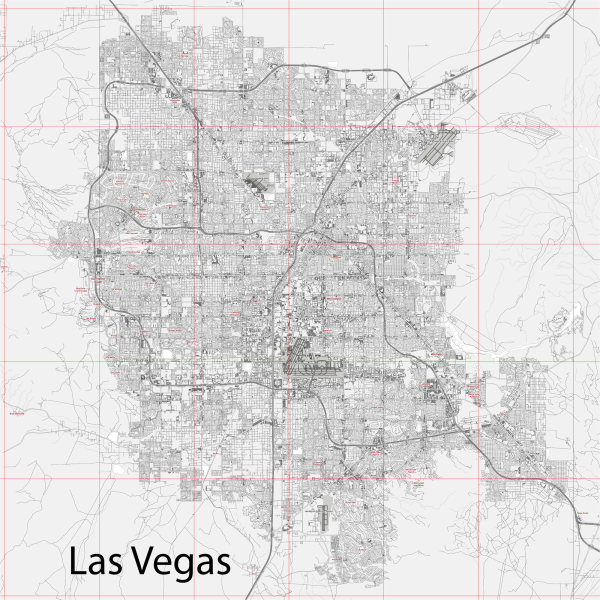
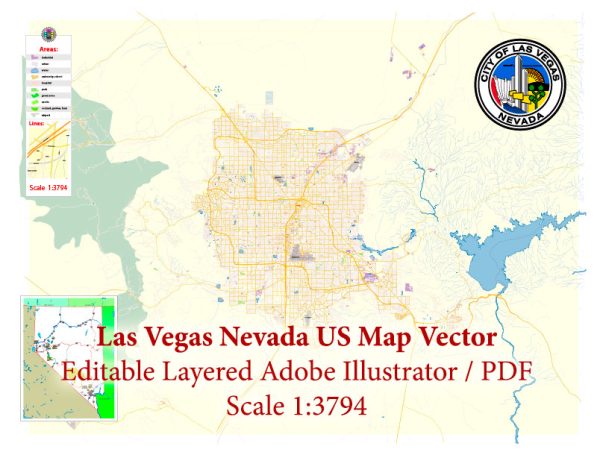
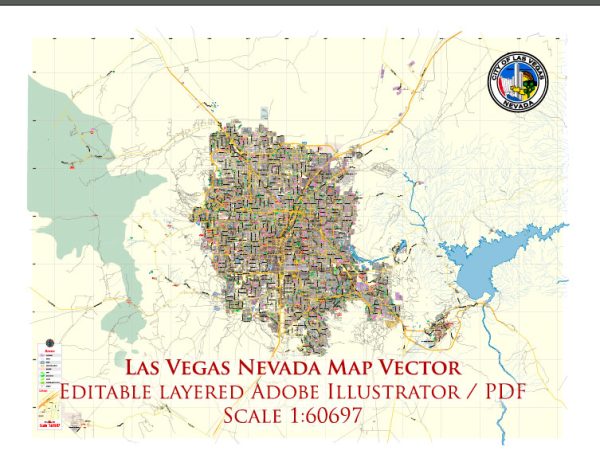
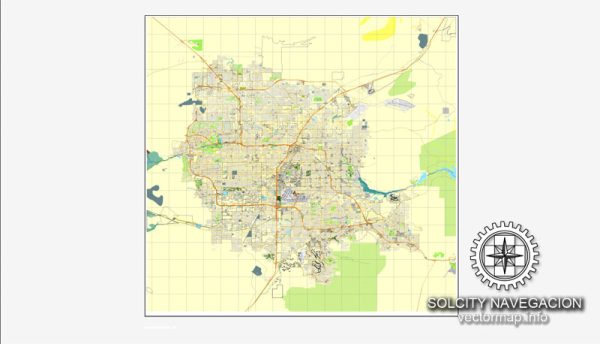
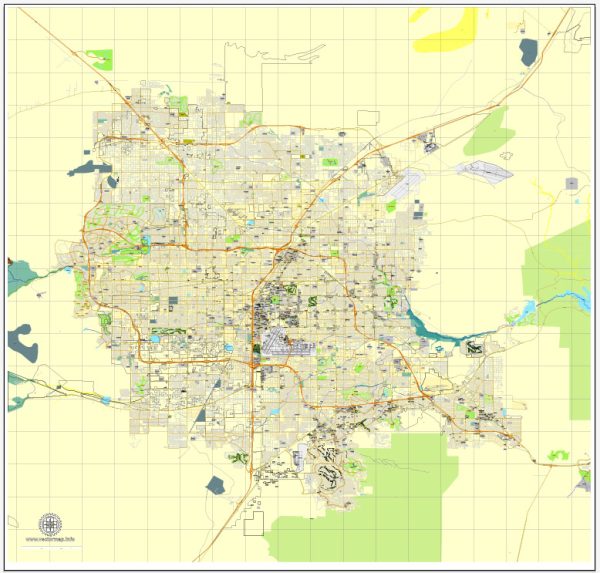
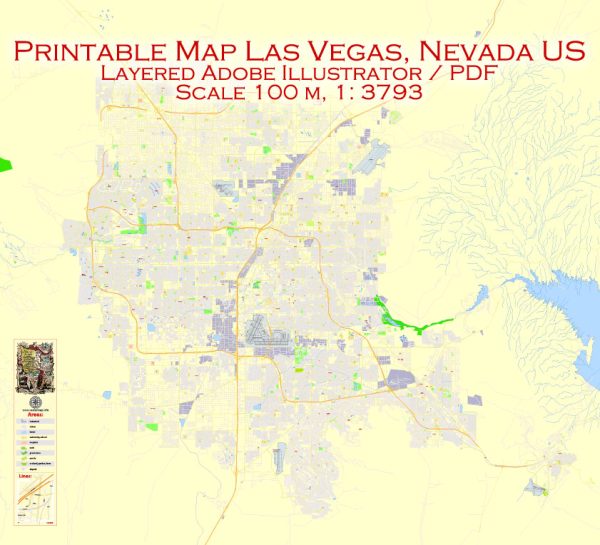
 Author: Kirill Shrayber, Ph.D.
Author: Kirill Shrayber, Ph.D.